Most crypto index content targets beginners, explaining basics and encouraging cautious entry. But what about experienced investors who already understand cryptocurrency fundamentals and want to optimize their index investing approach? How do sophisticated investors extract maximum value from Token Metrics indices while managing complex risk scenarios?
This advanced guide explores strategies beyond basic index investing, including multi-index portfolio construction, tactical allocation across market regimes, leveraging indices with complementary strategies, advanced rebalancing techniques, and sophisticated risk management frameworks that separate exceptional performance from merely good results.
If you've already invested in crypto indices for months or years and want to elevate your approach, this comprehensive guide provides the advanced techniques you need.
Understanding Your Investor Evolution
Before implementing advanced strategies, assess your current sophistication level and investment evolution honestly.
From Beginner to Intermediate
New investors focus on learning fundamentals, making initial allocations, and maintaining basic discipline. After 6-12 months, you've experienced market volatility, executed several rebalancing trades, and developed comfort with the investment process.
From Intermediate to Advanced
Advanced investors have navigated complete market cycles, understand their emotional responses to different conditions, built substantial positions, and seek optimization beyond standard approaches. You're no longer asking "should I invest in crypto?" but rather "how can I maximize risk-adjusted returns within my crypto allocation?"
This evolution takes 2-3 years typically—enough time to experience both bull and bear markets while building expertise through practical experience rather than just theoretical knowledge.
Multi-Index Portfolio Architecture: Beyond Single-Index Approaches
Sophisticated investors construct portfolios using multiple Token Metrics indices simultaneously, creating layered exposure serving different strategic purposes.
The Core-Satellite-Speculative Framework
Structure crypto index allocation across three distinct tiers:
- Core Holdings (50-60%): Conservative and balanced indices providing stable, reliable exposure to established cryptocurrencies. This foundation ensures you capture broad market appreciation regardless of specific sector performance.
- Satellite Positions (30-40%): Sector-specific and thematic indices targeting particular opportunities like DeFi, Layer-1 blockchains, or AI tokens. These tactical allocations allow overweighting sectors you believe will outperform without abandoning diversification.
- Speculative Exposure (10-20%): Aggressive growth and memecoin indices pursuing maximum upside. This high-risk allocation captures explosive opportunities while limiting potential damage through position sizing.
This three-tier structure provides both stability and growth potential, allowing you to maintain conservative foundation while pursuing tactical opportunities aggressively.
Dynamic Tier Adjustment
Adjust tier allocations based on market conditions and personal conviction. During bull markets with high confidence, increase satellite and speculative allocations to 50% combined. During uncertain or bearish conditions, increase core holdings to 70-80%.
This dynamic adjustment allows capitalizing on opportunities while maintaining appropriate risk exposure for conditions.
Cross-Correlation Analysis
Advanced investors analyze correlation between different indices to maximize diversification benefits. Holding multiple indices with 0.9+ correlation provides minimal diversification—essentially concentrated exposure disguised as diversification.
Token Metrics provides correlation data allowing you to construct portfolios where indices complement rather than duplicate each other. Ideal multi-index portfolios combine indices with 0.3-0.7 correlations—related enough to benefit from crypto's overall growth but different enough to smooth returns.
Tactical Allocation Strategies: Rotating Capital Efficiently
Beyond static allocation, advanced investors rotate capital between indices based on market conditions, technical signals, and fundamental developments.
Momentum Rotation Strategy
Systematically rotate capital toward indices showing strongest recent performance while reducing exposure to lagging indices. This momentum approach captures trending sectors while avoiding those losing relative strength.
Implementation example:
- Monthly, rank all indices by 90-day performance
- Overweight top quartile indices by 5-10% above target allocation
- Underweight bottom quartile indices by 5-10% below target allocation
- Maintain overall crypto allocation within target range
This systematic rotation forces buying strength and trimming weakness—capitalizing on momentum while maintaining diversification.
Mean Reversion Approach
Alternatively, employ mean reversion strategy assuming sectors experiencing short-term underperformance will reverse. After significant declines, fundamentally sound sectors often present exceptional value.
Implementation approach:
- Identify indices declining 30%+ while maintaining strong fundamentals
- Increase allocation to these "temporarily distressed" indices
- Hold through recovery, capturing outsized gains as sentiment improves
- Take profits once indices return to top-quartile performance
Mean reversion requires strong conviction and patience but can generate exceptional returns buying sectors during temporary weakness.
Blended Momentum-Reversion Strategy
The most sophisticated approach blends momentum and mean reversion, applying momentum to aggressive/speculative indices while using mean reversion for core/conservative indices.
Aggressive indices benefit from momentum—riding hot sectors aggressively. Conservative indices benefit from mean reversion—buying quality assets during temporary weakness. This nuanced approach matches strategy to index characteristics rather than applying one-size-fits-all methodology.
Advanced Rebalancing Techniques
Standard rebalancing maintains target allocations. Advanced rebalancing employs sophisticated rules extracting additional alpha through strategic timing and execution.
Volatility-Triggered Rebalancing
Rather than rebalancing on fixed schedules, trigger rebalancing when volatility exceeds thresholds. During high volatility, prices deviate significantly from fundamentals—creating rebalancing opportunities.
Set volatility thresholds—when Bitcoin's 30-day volatility exceeds 80%, evaluate rebalancing opportunities. High volatility often accompanies market extremes offering excellent entry or exit points.
Threshold Rebalancing with Asymmetric Bands
Establish asymmetric rebalancing bands allowing winning positions to run further than standard symmetric approaches. If target allocation is 10% for an index, perhaps trigger rebalancing at 7% on downside but 15% on upside.
This asymmetry captures more upside from winning positions while preventing excessive losses from declining positions—improving overall risk-adjusted returns.
Tax-Optimized Rebalancing
Coordinate rebalancing with tax considerations, preferentially selling positions with losses to offset gains while rebalancing. During profitable years, delay rebalancing slightly to push tax liability into following year.
For positions held in taxable accounts, track cost basis precisely and prioritize selling highest-cost-basis lots first, minimizing capital gains taxes.
Leveraging Indices with Complementary Strategies
Advanced investors combine index investing with complementary strategies creating synergistic approaches exceeding either strategy alone.
The 70/30 Index-Plus Strategy
Allocate 70% to Token Metrics indices for professional management and diversification. Use remaining 30% for complementary strategies:
- Individual High-Conviction Positions (15%): Based on deep personal research into specific projects you understand thoroughly
- Yield Generation (10%): Stake index holdings or use DeFi protocols for additional yield on top of appreciation
- Options/Derivatives (5%): For experienced traders, limited options strategies hedging downside or generating income
This approach maintains strong index foundation while allowing tactical strategies leveraging your specific expertise and risk tolerance.
Pair Trading with Indices
Advanced traders employ pair trading strategies—simultaneously longing one index while shorting another, profiting from relative performance regardless of overall market direction.
Example: If convinced DeFi will outperform Layer-1s short-term, overweight DeFi index while underweighting Layer-1 index relative to targets. If correct about relative performance, you profit even if both decline in absolute terms.
Pair trading requires sophistication and works best during sideways markets where directional movement is uncertain but relative performance differentials exist.
Stablecoin Yield Enhancement
During bear markets or consolidation, rotate portions of conservative index holdings temporarily into high-yield stablecoin strategies generating 5-15% APY. This preserves capital while generating income during periods when crypto appreciation stalls.
When bullish conditions return, rotate back into indices. This tactical approach maintains productivity during all market phases rather than passively holding through extended downturns.
Sophisticated Risk Management Frameworks
Advanced investors employ multi-layered risk management beyond basic position sizing and diversification.
Value-at-Risk (VaR) Monitoring
Calculate portfolio Value-at-Risk—the maximum expected loss over specific timeframe at given confidence level. If your 30-day VaR at 95% confidence is $50,000, you expect no more than $50,000 loss in 95% of 30-day periods.
Monitor VaR continuously and adjust allocations if risk exceeds tolerance. During volatile periods, VaR spikes significantly—this objective measurement informs whether to reduce exposure or maintain course based on predetermined risk budgets.
Conditional Value-at-Risk (CVaR)
Beyond VaR, calculate CVaR—expected loss in worst-case scenarios beyond VaR threshold. While VaR tells you typical maximum loss, CVaR reveals extreme scenario impacts.
High CVaR relative to VaR indicates "fat tail risk"—potential for catastrophic losses exceeding normal expectations. Adjust allocations to limit CVaR to acceptable levels relative to total portfolio.
Portfolio Stress Testing
Regularly stress test portfolio against historical extreme scenarios:
- 2018 bear market (80%+ decline over 12 months)
- March 2020 flash crash (50% decline in 48 hours)
- 2022 Terra/LUNA collapse (complete failure of major protocol)
- Exchange failure scenarios (losing access to 30% of holdings)
Understanding portfolio behavior during extreme stress prevents panic during actual crises—you've already mentally prepared for worst-case scenarios.
Dynamic Position Sizing
Rather than fixed allocations, adjust position sizes based on volatility—reducing exposure during high volatility periods and increasing during low volatility. This volatility-adjusted sizing maintains consistent risk exposure despite changing market conditions.
When volatility doubles, halve position sizes maintaining constant risk. When volatility halves, double position sizes maintaining returns potential. This dynamic approach optimizes risk-adjusted returns across volatility regimes.
Performance Attribution and Continuous Improvement
Advanced investors systematically analyze performance, understanding what's working and why.
Decomposing Returns
Break down portfolio returns into components:
- Beta Returns: Returns from overall market exposure (what you'd get from simple buy-and-hold)
- Index Selection Alpha: Returns from choosing outperforming indices over alternatives
- Timing Alpha: Returns from tactical allocation adjustments and rebalancing timing
- Cost Drag: Returns lost to fees, taxes, and trading costs
Understanding return sources reveals where your strategy adds value and where it doesn't, informing strategic refinements.
Keeping a Trading Journal
Maintain detailed journal documenting all strategic decisions:
- What allocation changes did you make and why?
- What was market context and your reasoning?
- How did decisions perform over subsequent weeks/months?
- What would you do differently with hindsight?
- What patterns emerge across multiple decisions?
This systematic documentation transforms experience into learning, accelerating your development as sophisticated investor.
Quarterly Strategy Reviews
Conduct comprehensive quarterly reviews assessing:
- Overall portfolio performance vs. benchmarks
- Individual index performance and contribution to returns
- Accuracy of tactical allocation decisions
- Risk metrics (volatility, drawdowns, Sharpe ratio) vs. targets
- Lessons learned and strategy adjustments for next quarter
These structured reviews create accountability and ensure continuous improvement rather than repeating mistakes.
Scaling Strategies as Portfolio Grows
As crypto holdings grow from thousands to hundreds of thousands or millions, strategies must evolve to match scale.
Institutional-Grade Custody
Once holdings exceed $100,000-$250,000, implement institutional-grade custody solutions. Multi-signature wallets requiring multiple approvals prevent single points of failure. Cold storage solutions protect against online threats. Insurance-backed custodians provide additional protection layers.
The sophistication required for securing substantial wealth exceeds most individuals' technical capabilities—professional custody solutions become essential.
Tax-Loss Harvesting at Scale
Large portfolios generate significant tax optimization opportunities. Systematic tax-loss harvesting across multiple indices, strategic timing of rebalancing to manage tax liability, and coordination with overall tax planning become crucial for preserving wealth.
Consider working with crypto-specialized tax advisors who understand optimal strategies for managing significant crypto positions.
Estate Planning Considerations
Substantial crypto holdings require estate planning ensuring wealth transfers efficiently to heirs. This includes secure key management protocols heirs can access, clear documentation of holdings and recovery processes, and potentially trusts or other vehicles optimizing estate taxes.
Without proper planning, crypto wealth can become inaccessible if something happens to you—proper preparation ensures your wealth serves intended purposes.
Conclusion: The Path to Mastery
Advanced crypto index investing transcends basic buy-and-hold approaches, incorporating sophisticated portfolio construction, tactical allocation, advanced risk management, and continuous performance optimization. These techniques separate exceptional investors from merely competent ones.
Token Metrics provides the foundation—comprehensive indices, sophisticated AI analysis, and professional management. Your advanced strategies built on this foundation determine ultimate success. The combination of institutional-grade tools and sophisticated personal strategies creates unprecedented wealth-building potential.
Mastery requires years of dedicated practice, continuous learning, and honest self-assessment. Each market cycle teaches new lessons. Each strategic decision provides data informing future choices. The journey from beginner to advanced investor never truly ends—markets evolve, requiring continuous adaptation.
Your advantage as advanced investor is recognizing that optimization matters as much as allocation. The difference between 25% and 35% annualized returns compounds into millions over decades. Small improvements in strategy, consistently applied, generate enormous long-term impact.
Begin implementing these advanced techniques systematically. Don't attempt everything simultaneously—choose 2-3 strategies matching your situation and expertise. Master those, then expand your toolkit progressively. Over time, you'll develop sophisticated approach rivaling professional fund managers.
Token Metrics provides the infrastructure. Your advanced strategies provide the edge. Together, they create framework for building generational wealth through crypto index investing.
Start your 7-day free trial today and begin applying these advanced strategies to accelerate your journey toward crypto investment mastery.






.svg)


.png)




%201.svg)
%201.svg)


%201.svg)



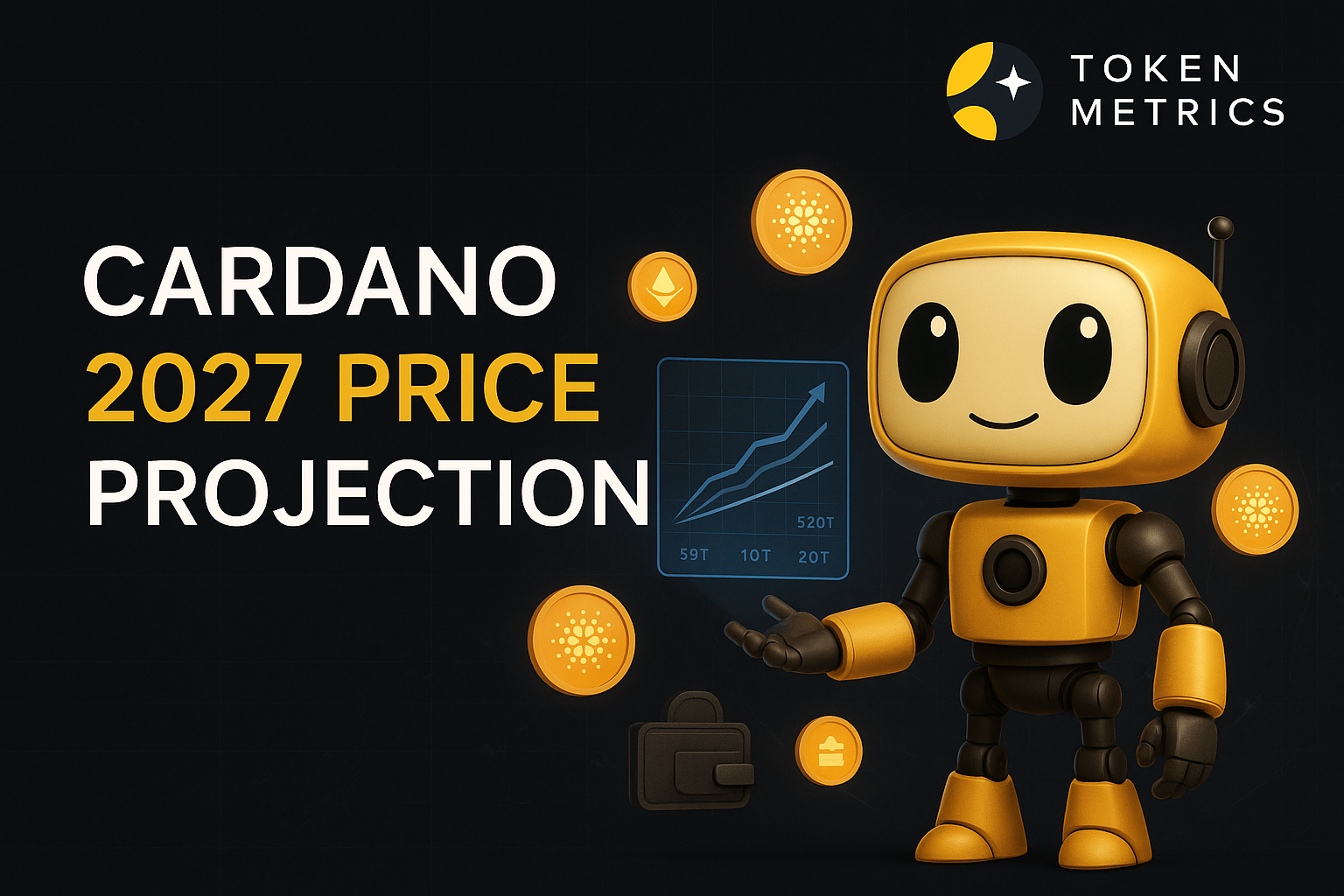
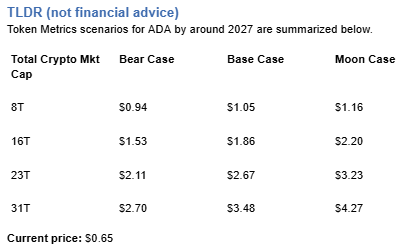
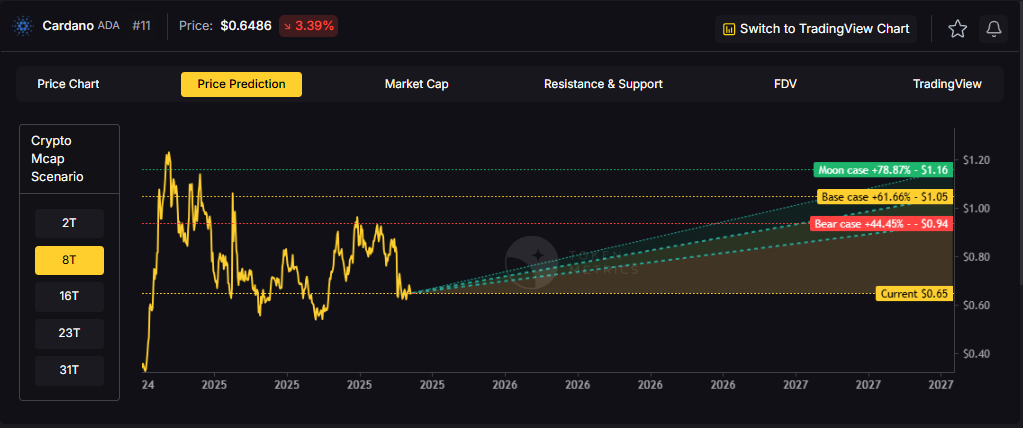
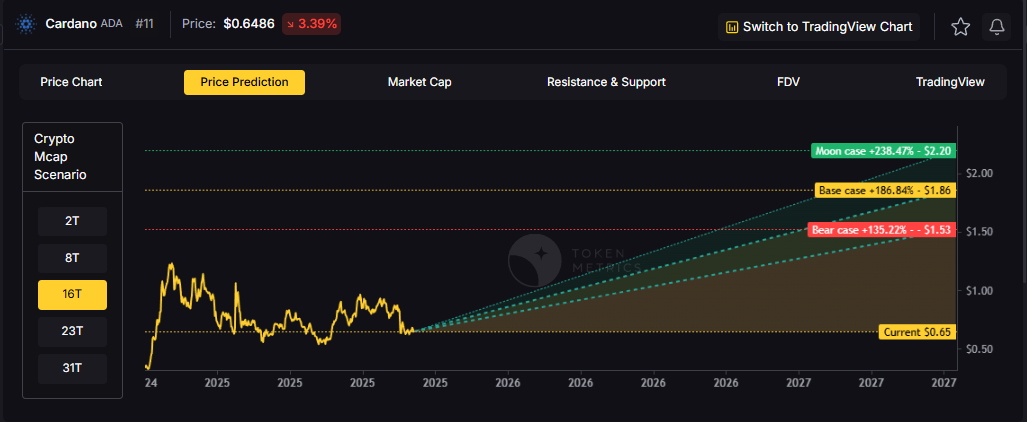


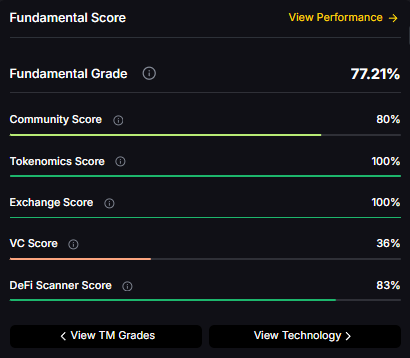
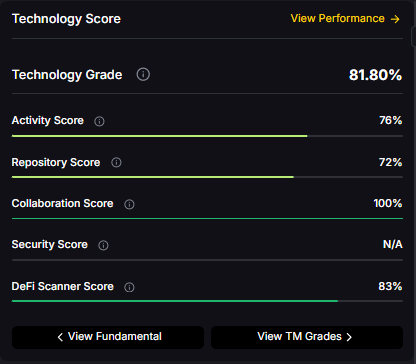

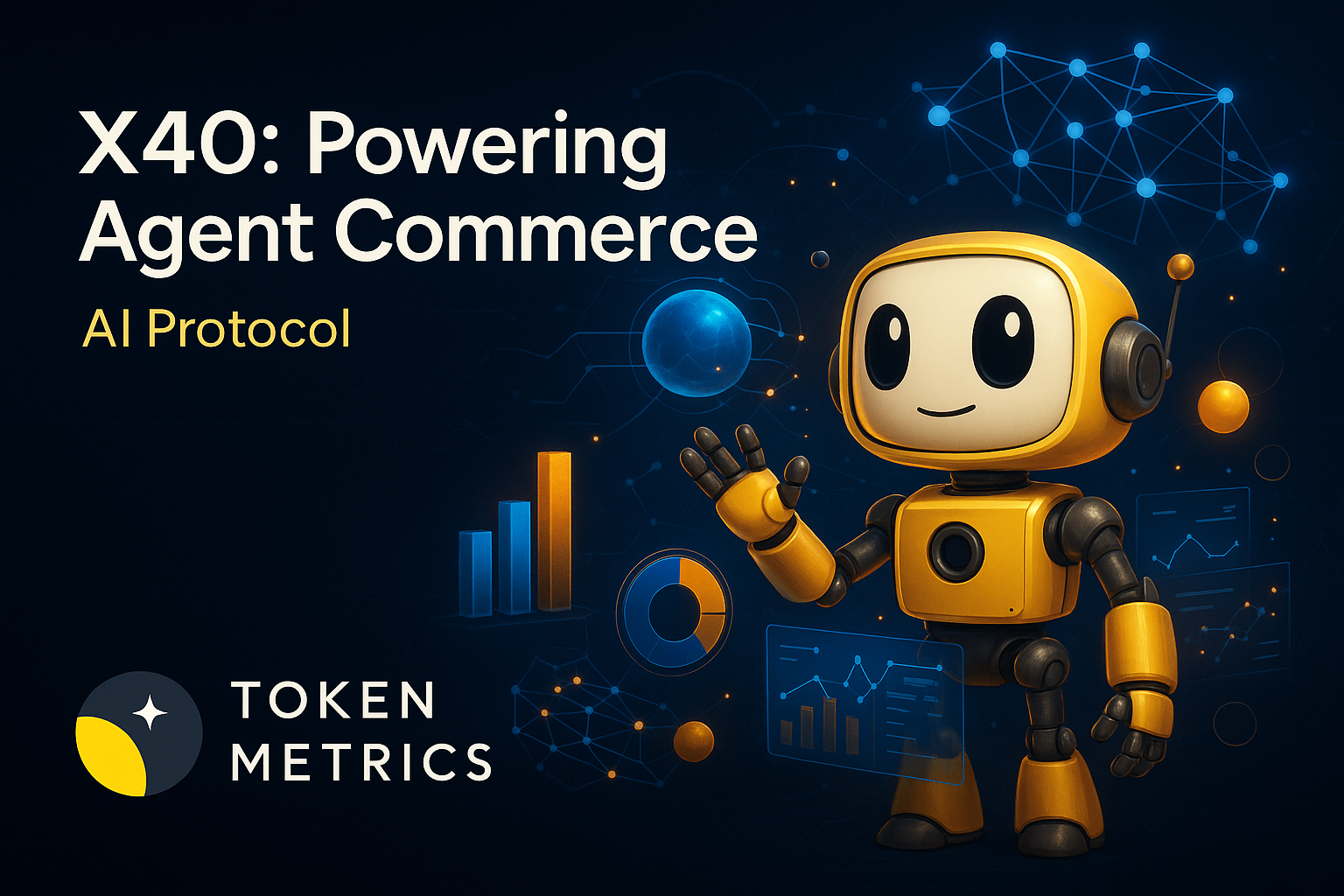




.svg)




.png)